#fungus posting
Text
man do you ever think of FUNGUS
like the
like the main export of the town HUNGUS
origin
originally
originally known as
known
as
HUMBER
the
the town known for
the town known for it's export of LUMBER
16 notes
·
View notes
Text
Mushroom side of Tumblr, I beseech you:



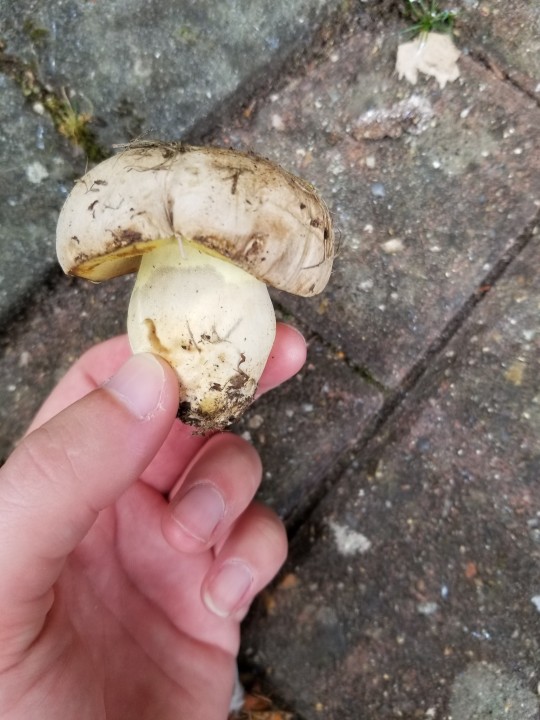

What the fuck are these? (I know they're mushrooms)
Are they edible? Are they tasty? Do they look like something inedible? Are they native (to the British Isles)?
I need help, 'cause these have been intermittently growing in large clumps all over my neighbourhood, and it'd be real nice if I could eat them without perishing horribly.
Oh, @headspace-hotel
I'm sorry to @ you in this, but you're the most knowledgeable person I can think of off the top of my head.
#mushrooms#mushroom questions#nature#tell me#i need some help#these mushrooms could dramatically improve my week#local fungi#fungus#fungus posting
15 notes
·
View notes
Text

#fnaf#crunchchute art#my art#five nights at freddy's#five nights at freddys#this thing froze my pc 4 times now im posting it as is im not drawing any more#glitchtrap#help wanted 2#fnaf help wanted 2#fnaf help wanted#you can tell which song i remembered while drawing this#also now im listening to cabinet man and am like yippee they should make a song that is like computer boy and cabinet man mixed together#nobody reads tags to this far. have you seen this guys tail? go load up his model on sketchfab or something. and then come back.#its dipped in. no.. i shant say... *makes a pained expression*#fnaf help wanted 2 spoilers#help wanted 2 spoilers#number 15: the rabbit computer virus. the last thing youd want in your computer is someones rabbit fungus
906 notes
·
View notes
Text

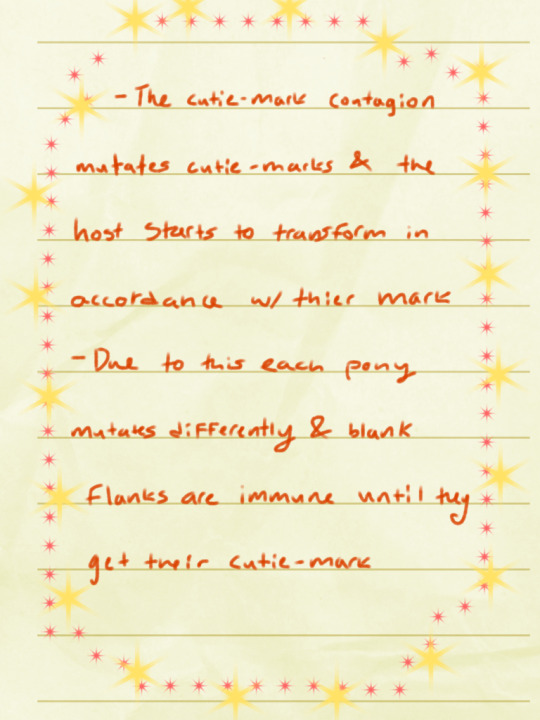




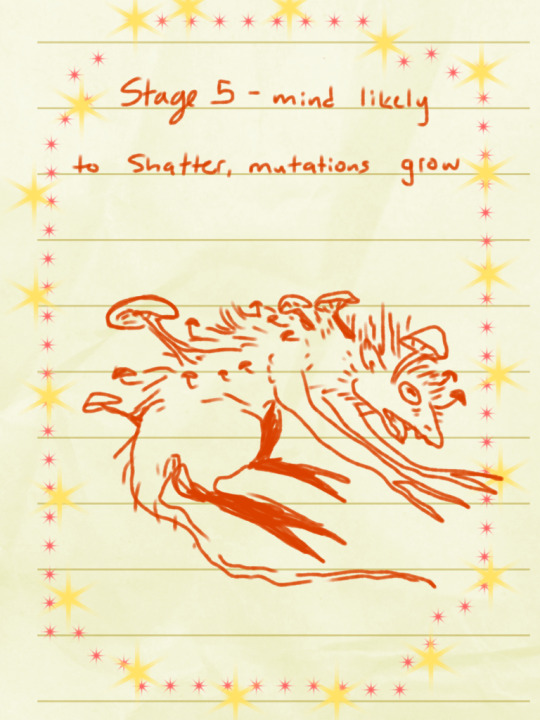
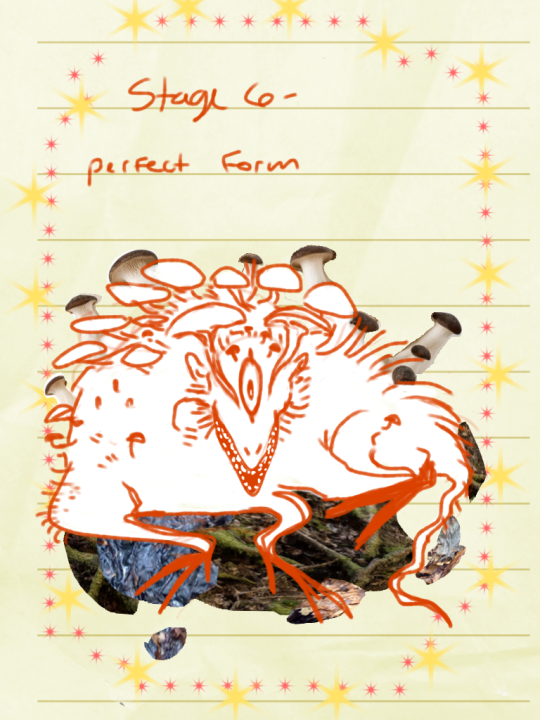
Cutie Mark Contagion lore dump!!!
#art#queer artist#artists on tumblr#trans artist#my art#digital art#illustration#mlp#mlp infection au#mlp infection#cutie mark contagion#my little pony fan art#my little pony au#“lord#lore post#au#original au#horror#body horror#fungus growth#mushrooms#starlight glimmer#mlp horror#mlp creepypasta
958 notes
·
View notes
Text

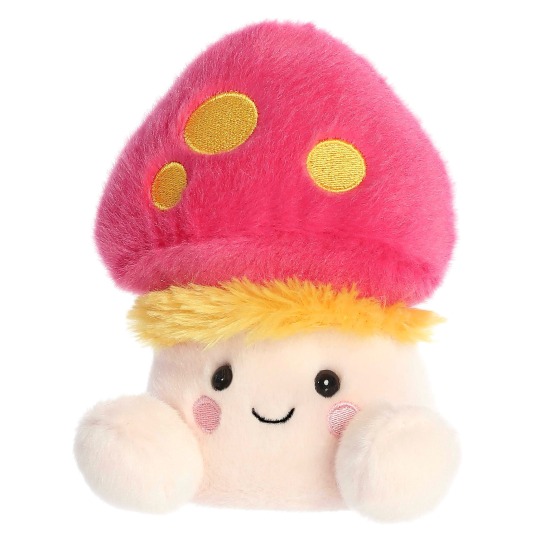
aurora palm pals 🧡 favio fluffy mushroom
#palm pals#aurora#mushroom#mushrooms#fungi#fungus#plush#plushies#plushie#plushcore#plushblr#object#objects#listen i know mushrooms are alive and not objects but it’s for my autism tagging system for parity with the other mushrooms i’ve posted 😔
618 notes
·
View notes
Text
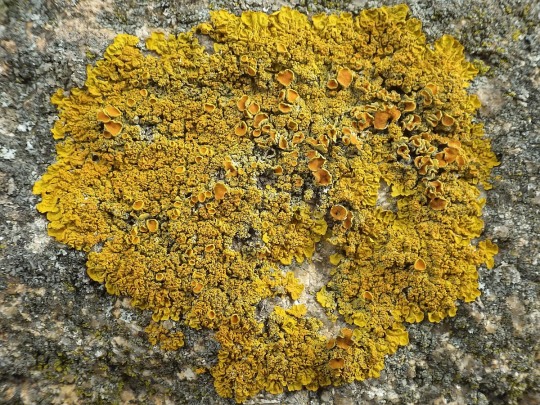

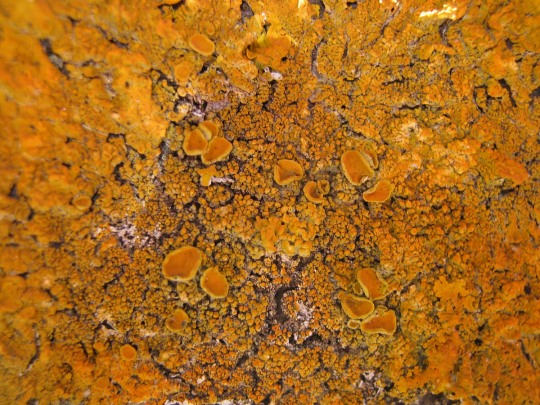
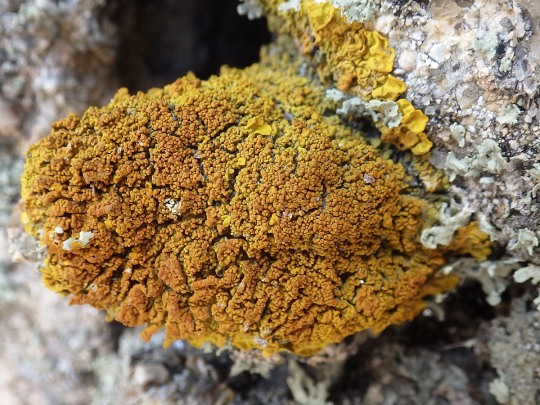

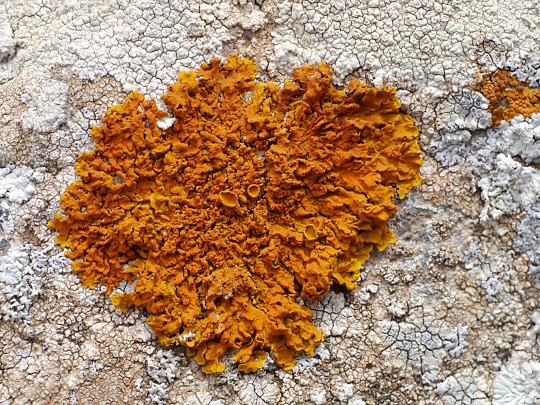



Xanthoria calcicola
This foliose lichen grows on calcareous rock and stone work (and occasionally dusty trees) in eutrophic, well-lit, mild-temperate and costal regions of Europe and the Mediterranean. It has a yellow-orange to dark orange foliose thallus forming pleated lobes growing in large rosettes up to 20 cm in diameter. The center of the rosettes are covered in knobbly warts and granular isidia, and it only rarely produces apothecia. The presence of these isidia and the lack of apothecia is the best way to distinguish this lichen from the very similar looking X. parietina which is a lot more common and often grows on bark.
images: source | source
info: source | source | source
#lichen#lichens#lichenology#lichenologist#mycology#ecology#biology#fungi#fungus#symbiosis#symbiotic organisms#algae#Xanthoria calcicola#Xanthoria#trypo#trypophobia#life science#environmental science#natural science#nature#the natural world#beautiful nature#weird nature#naturalist#I'm lichen it#lichen a day#daily lichen post#lichen subscribe#orange#orange lichen
237 notes
·
View notes
Text
Me: Hehe Sanlu!!!!
Fandom: Oh but Zoro? Where's Zoro? What about Zoro? Including Zoro in this. Adding Zoro here because. Zoro tho
Me: KICKING YOU IN THE SHINS STOP THAT
#NOT EVERYTHING HAS TO BE ZOSAN!!! I'M BITING YOU!!!!#Some Zosan shippers out here are REALLY making me start to hate the ship#Bc they're everywhere. Like a fungus. I can't get rid of them#Remember that comic I drew where Luffy was flirting with Sanji and Nami was like :000000#ALL of the IG comments were like '🤓 Ackshually he was talking about Zoro' SHUT UP. SHUT UP I'M GONNA GET YOU#Me: How could you all have misinterpreted it THIS badly. Luffy LITERALLY says how cute he thinks Sanji is#Me: AND Y'ALL THINK THIS IS A ZOSAN POST?? OUT.#Can't I just ship Sanlu in peace without Zosan shippers busting down my door#If you want Zosan there are THOUSANDS of artists out there drawing them RIGHT NOW. JUST FOR YOU!!#If you want me to draw Zosan you can pay me. :)#Shima speaks#One Piece#Hahhhh man. Curate your own fandom experience Shima...don't get drawn into the toxic circles Shima...#Sanlu#Lusan
169 notes
·
View notes
Text
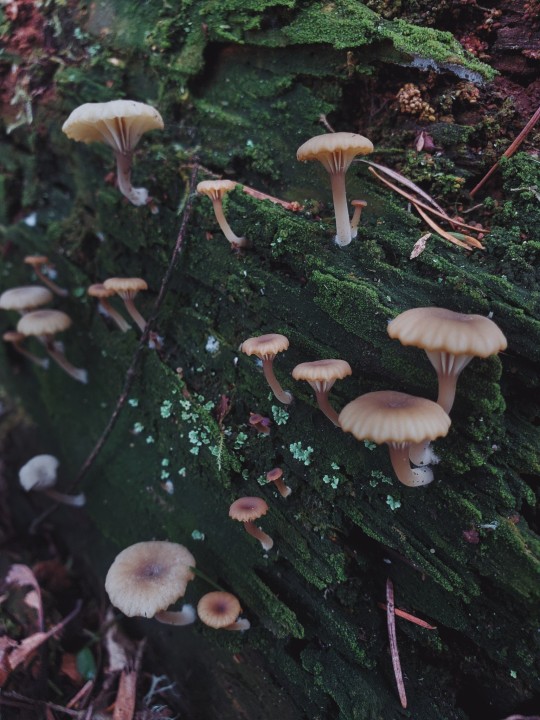
lichenomphalia umbrellifera. these are one of my favorite mushrooms so i was very excited to find this many in one place yesterday
#mushrooms#fungus#mycology#lichen#lichen agaric#mushroomcore#woodland#forest#forestcore#fungi#woodland aesthetic#pnw#pacific northwest#mine#my post#my photos
2K notes
·
View notes
Text

Some art of the mother spore from the DDVAU! I love mother spore designs and have actually done too many to count myself, so yeah! the comic is great check it out!!!!!!
DDVAU is an au made by @kitsuneisi and @xmaruu11 , check them out! they have cool art!
#it has been 17 days since i last posted whoops#lots of schoolwork being done thats why#anyways MOTHER SPORE!!!!!!#I LOVE MOTHER SPORE DESIGNS AND THIS ONE HITS RIGHT ON THE HEART#AHHAJAAJJDISUSIIFNSISOMFBSJEK#ddvau fanart#mother spore#cant wait to see more#keep up le good work#ddvau#oooh fungus oooh ourple fungus#art#my art
382 notes
·
View notes
Text
The fungus is whispering spells to me you can’t even fathom.
464 notes
·
View notes
Text
snails eating mushrooms
Lentinus sajor-caju (funnel wood-cap) and Sarika resplendens
#Lentinus sajor-caju#my posts#fungi#snails#snail#mushroom#fungus#forest#please excuse the shaky filming i did Not have a tripod and i had been squatting for a good 30 mins to record this lol
154 notes
·
View notes
Text
Stropharia aeruginosa
Commonly known as the blue-green stropharia or verdigris agaric.

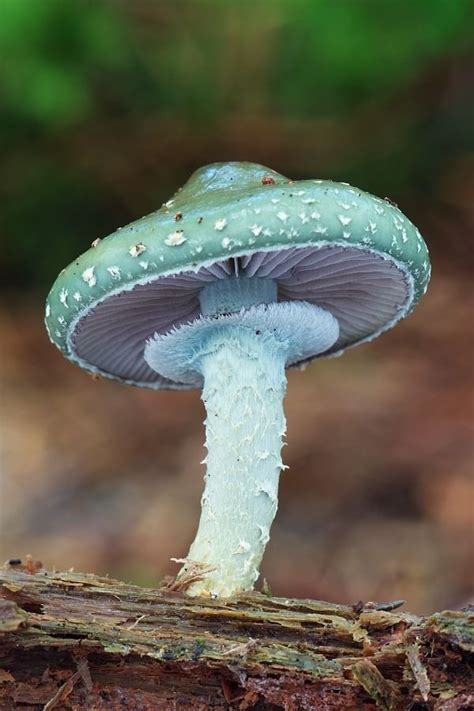
Another very pretty blue mushroom!
Stropharia aeruginosa can be found growing on rotting wood in Europe, Iran and parts of North America. It is typically found in woodland and on roadsides.
Part of the genus Stropharia (or roundheads). As the mushroom ages its cap broadens and becomes umboate, which means it gaines a little round bump in the centre of its cap! Example of a verdigris agaric with an umbo on the left:


Young mushrooms (right) are vivid green/blue and are very slimy. As they age their colour fades and becomes yellow, this is usally found around the centre of the cap. The mushroom eventually loses all of its original pigment, here are some examples:


Weather the mushroom is edible is debated many guidebooks state that it is poisonous while according to others it is edible and has a mildly spicy taste.
There is little known about the effects of the mushroom if it is poisonous, or what sorts of toxins it contains.
#This one is the background on my blog#thanks for all the notes on my first post!#mushrooms#fungi#fungus#Stropharia Genus#soupandmushrooms#More blue mushrooms!#Stropharia aeruginosa
180 notes
·
View notes
Text
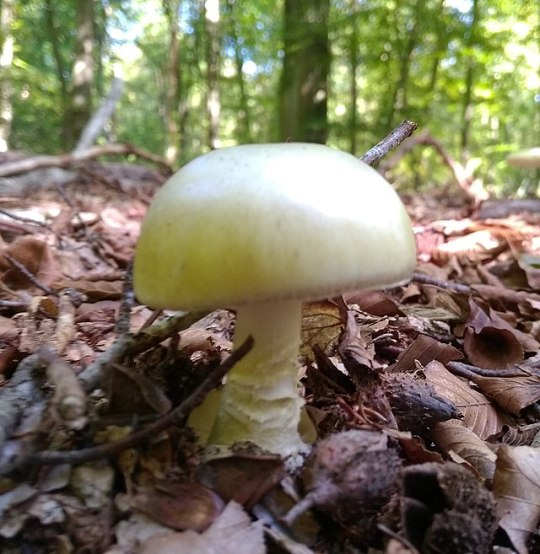
Okay, y'all, it's rant time again. Buckle up.
A new report just came out from Public Citizen highlighting the dangers of using apps and AI foraging guides for identifying mushrooms, particularly when mushroom foraging. It's the latest in a string of warnings that are fighting against a tide of purported convenience ("just take a picture and get your answer instantly!")
I've ranted about this since last August, and I also wrote up a detailed post on how to identify an AI-generated foraging guide. I'm also including info on the limitations of apps and AI in The Everyday Naturalist: How to Identify Animals, Plants, and Fungi Wherever You Go. I'm not just saying this to toot my own horn--it's because nature identification, and teaching it to others, is literally what I do for a living. So this is a topic near and dear to my heart.
I teach a very, very specific sort of identification class; whether we're focusing on animals, plants, fungi, or all of the above, I walk people through a detailed process of how to observe a given organism, make note of its various physical traits and habitat, and use that information to try to determine what it is. I emphasize the need to use as many sources as possible--field guides, websites, online and in-person groups, journal articles, etc.--to make absolutely sure that your identification is solid.
And every year, I get people (thankfully, a very small minority of my students) who complain because my two-hour basic mushroom hunting class wasn't just five minutes of introduction and one hundred and fifteen minutes of me showing slide after slide of edible mushrooms. There are so many people out there who just want a quick, easy answer so they can frolic in the woods and blithely pick mushrooms like some idealized image of a cottagecore herbalist with a cabin full of dried plants and smiling frogs or something.
While I do incorporate a bit of information on getting started with the app iNaturalist in my classes, it is as only ONE of MANY tools I encourage people to use. Sure, it's more solid than most apps because, in addition to the algorithmic I.D. suggestions it initially gives you, other iNaturalist users can go onto your observations later and either agree with your I.D.s or suggest something different and even explain why.
And yet--even as great as iNat is, it and its users can still be wrong. So can every other I.D. app out there. And I think that is one thing that the hyper-romanticized approaches to foraging--and nature identification in general--miss. In order to be a good forager, you HAVE to also be good at nature identification.
And nature identification is an entire process that requires you to have solid observational and critical thinking skills, to be able to independently research using many different types of tools, and be willing to invest the time, patience, and focus to properly arrive at a solid identification--if not to species level, then as far down the taxonomic ladder as you can realistically manage. (There's a reason even the experts complain about Little Brown Mushrooms and Damned Yellow Composites!)
People mistake one single tool--apps--for the entire toolkit. They assume any book they find on Amazon is going to be as good as any other, and don't take the time to look up the author to determine any credentials or experience, or even whether they actually exist or not. It doesn't help that the creators of these products often advertise them as "the only [book/app/etc.] you need to easily identify [organism of choice]!"
I mean, sure, the world isn't going to end if you never question the birdsong results on the Merlin app, or if you go through life thinking a deer fern is just a baby western sword fern. But when we get into people actually eating things they find in the wild, there's often no room for error. There are plants and mushrooms that can kill you even if you only eat a tiny amount. And even if they don't kill you, they may make you wish you were dead for a few days while you suffer through a whole host of gastrointestinal nastiness and other symptoms.
There aren't any shortcuts if you want to be safe in your foraging. You HAVE to be willing to do the work. And any teacher, author, or product that says otherwise isn't being ethical. I'm glad to see more people speaking out against the "fast foodization" of foraging in regards to overreliance on apps and the existence of AI foraging books; I just hope it's enough to prevent more people from getting sick or dying.
#long post#foraging#mushroom foraging#mushroom hunting#A.I.#apps#nature#ecology#environment#conservation#cottagecore#herbalism#nature identification#critical thinking skills#critical thinking#media literacy#mushrooms#fungi#fungus#shrooms
132 notes
·
View notes
Text
also can we get more nature magic thats malicious. like a lot of the time nature magic is associated with healing and stuff. i want nature magic focused on the more terrifying parts of nature. the fungi, the rot, the poisons, the diseases you get from animals.
#may of been thinking about malenia elden ring when i made this post#her second phase design is so cool to me.#sunny rambles#like thing about fungimancy. that one fungus that makes ants into zombies but used as magic by a guy
131 notes
·
View notes
Text
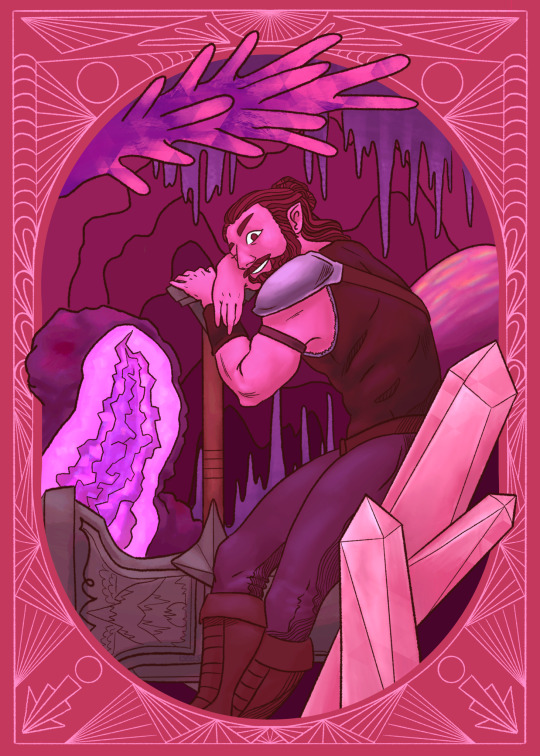
further into irondeep than any man or dwarf before!!
(hardwon to match moonshine from a while ago <3)
#naddpod#bees’ art#not another dnd podcast#hardwon surefoot#naddpod c1#i have a couple versions of a bev one going but i can’t quite figure it out so idk ¯\_(ツ)_/¯#im trying either plants or animals since moonshine was fungus and hardwon was rocks#but bev kinda has all sorts of nature vibes going for him#anyway i want to post more art on here and i did this in like december
146 notes
·
View notes
